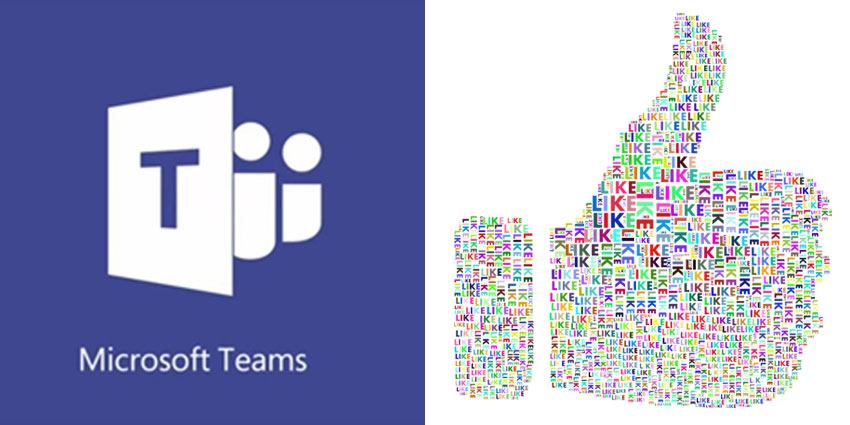No matter whether you’re implementing new software into your communications ecosystem, or delivering a strategy for better workplace collaboration, it’s fair to say that change takes time. In a world that’s moving and evolving at a faster pace than ever before, transformation is inevitable. However, human beings are naturally resistant to the unknown.
If you’re thinking of adding Microsoft Teams to your company collaboration plan, it can be a good idea to start encouraging adoption while your workers are still using Skype for Business. This can help them to get used to the new features of Teams while making sure that the journey isn’t too quick, or overwhelming. Here are just a few tips that could make user adoption easier to come by when you introduce Teams to the workforce.
1. Slowly Introduce New Ways of Working
For professionals used to working on Microsoft Skype for Business, making the move to Teams isn’t just about trying something new in the Microsoft roadmap, it’s a fundamental change to the way these experts work. With that in mind, a “my way or the highway” approach might not be the best way to go.
Instead of directly swapping Skype out for Teams, consider implementing aspects of Teams into the collaboration environment while your workers continue to enjoy their favourite features of Skype. This will make the change much easier to swallow when your enterprise eventually makes the full switch to the Microsoft flagship solution.
2. Provide Training Resources to Overcome the Learning Curve
Microsoft Teams is designed to be easy to use, so it shouldn’t require a significant amount of training for employees to make the most of their new system. However, giving your team access to the right training resources can make it easier for them to embrace the new technology as quickly, and seamlessly as possible. Whether it’s a hands-on training seminar or readiness guide created specifically for your employees, find something that appeals to your workforce.
Importantly, in today’s multi-generational work environment, it’s important to remember that different people will have different learning styles. With that in mind, it might be helpful to provide different options so that people can choose the education that’s right for them according to their specific preferences.
3. Have Some Fun with It
Finally, while it’s important to make sure that your company knows the benefits of Teams and how they can make the most out of it in their day-to-day collaboration, it’s also crucial to encourage them to enjoy the transition. Explaining the advantages of Teams can make some of your workers feel as though adoption is less of a chore and supporting adoption with rewards and gamification can be a good way to take workplace engagement to the next level.
Often, the key to a great adoption strategy is getting people excited about the technology they’re going to explore. Whether that means giving team members the chance to earn points when they help to drive the adoption of a new collaborative tool, or simply showing people how they can enjoy an easier work environment through Teams, make sure you have a plan to generate interest.







